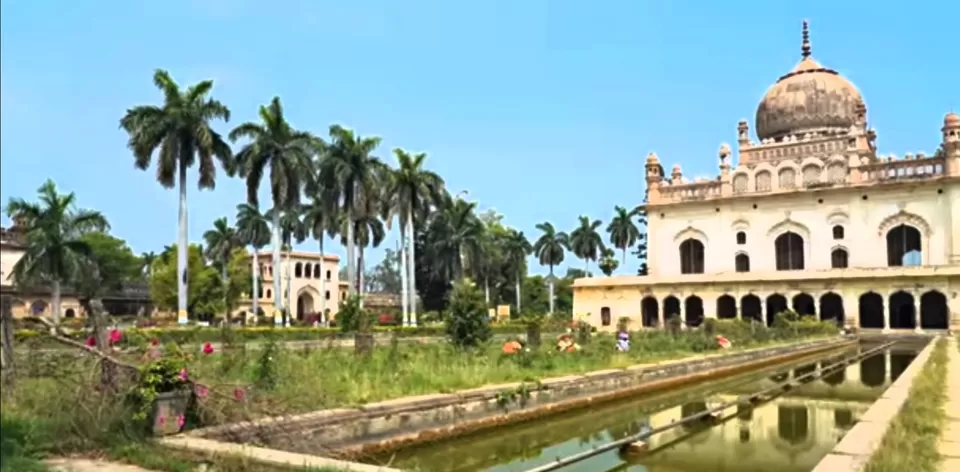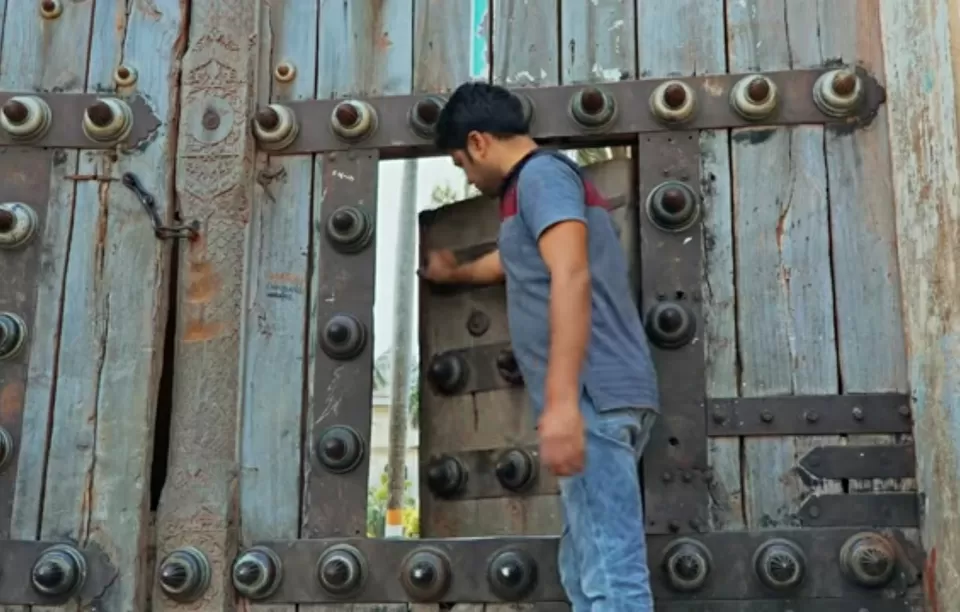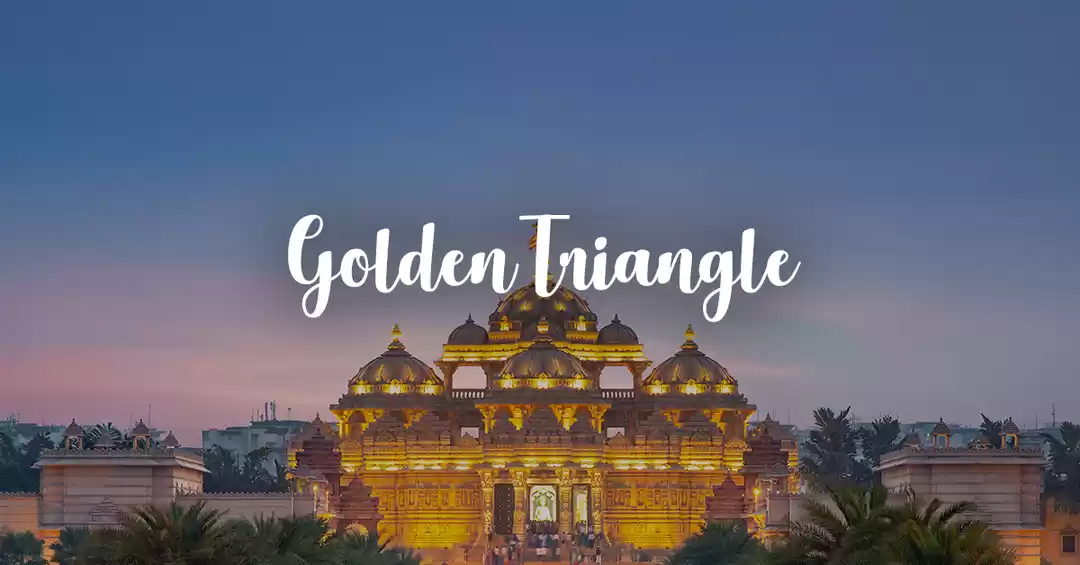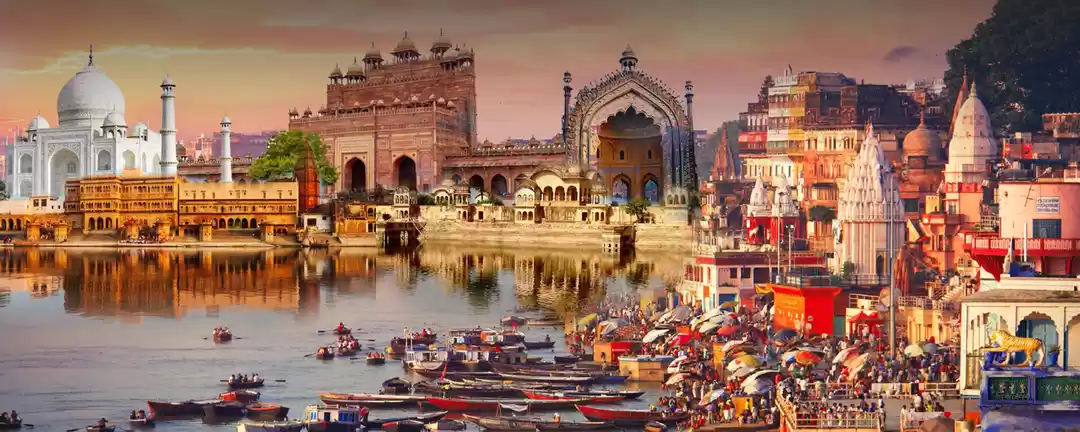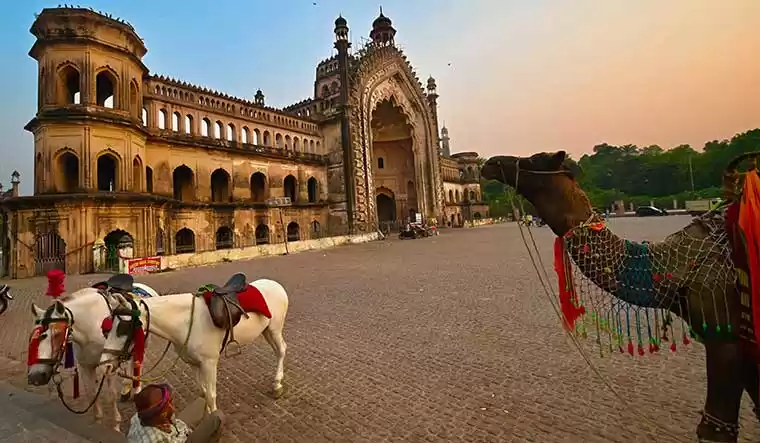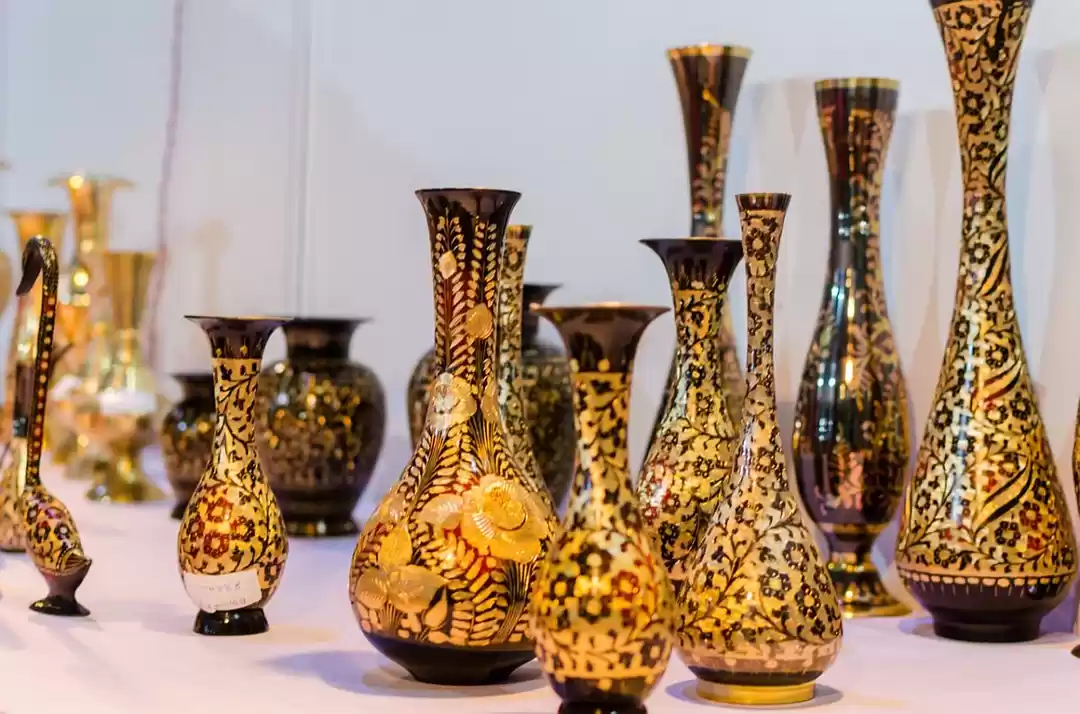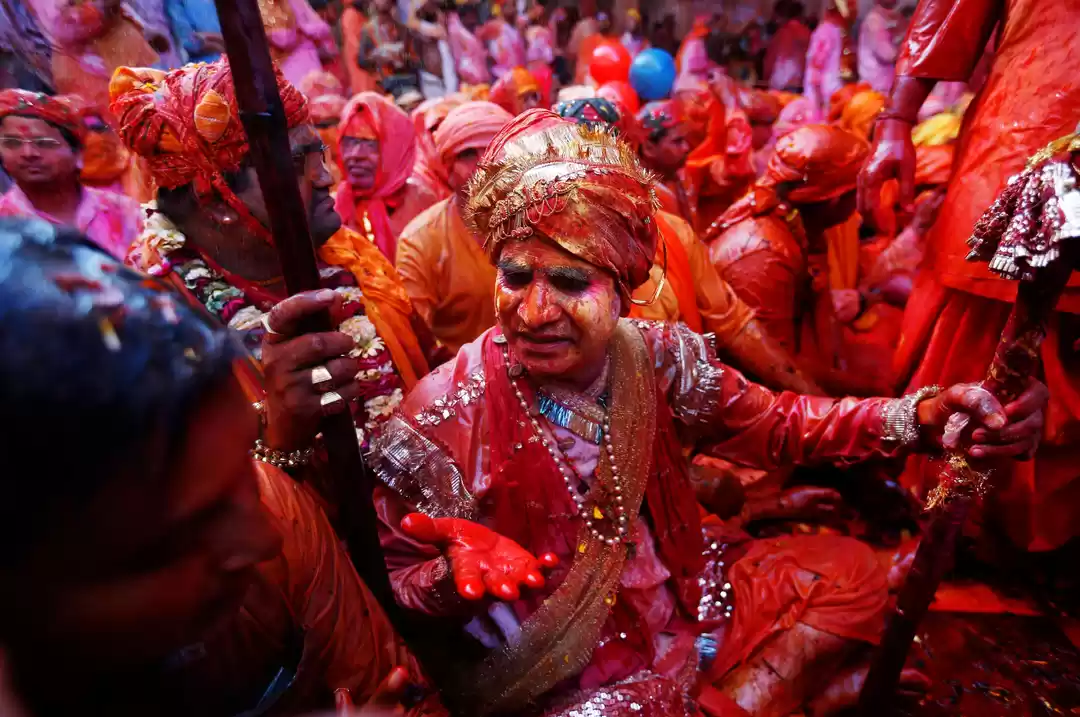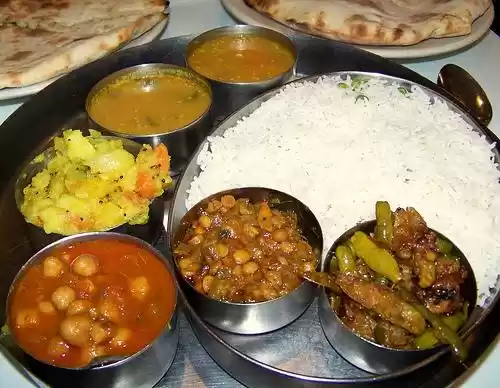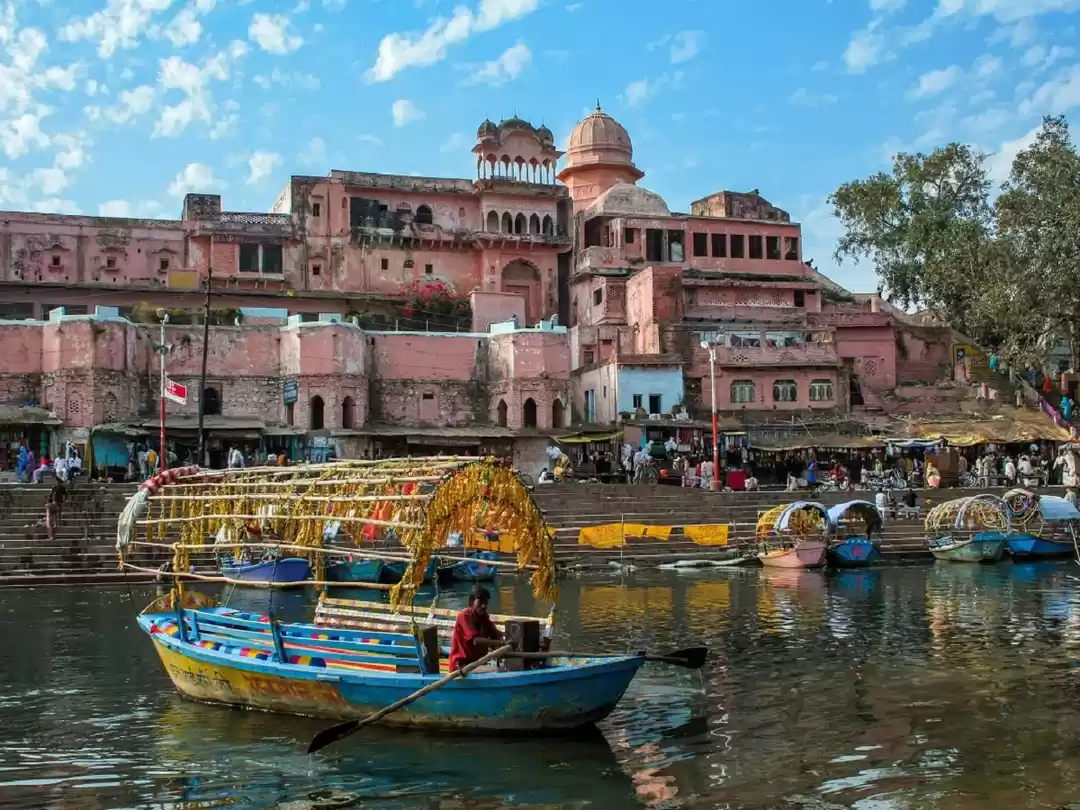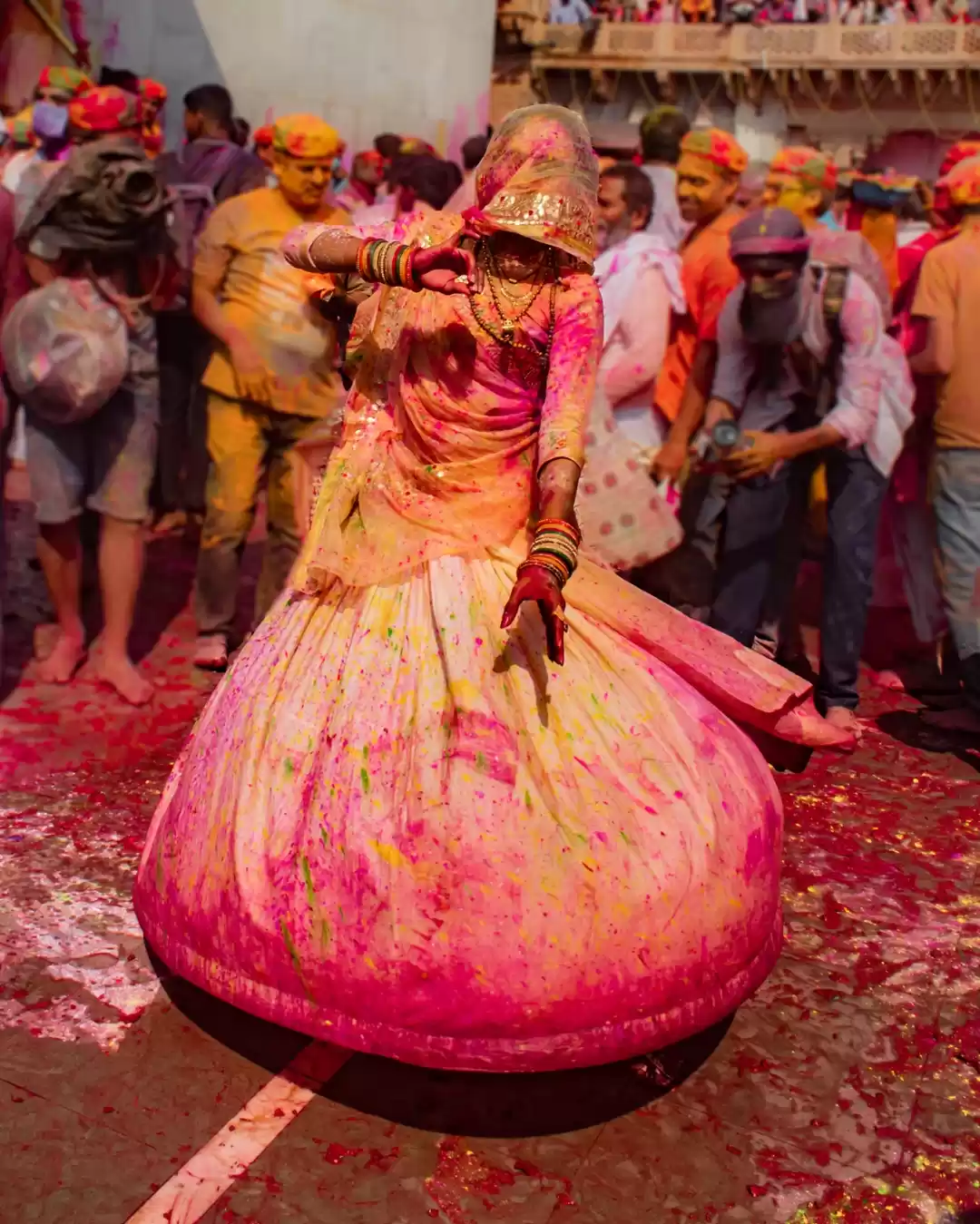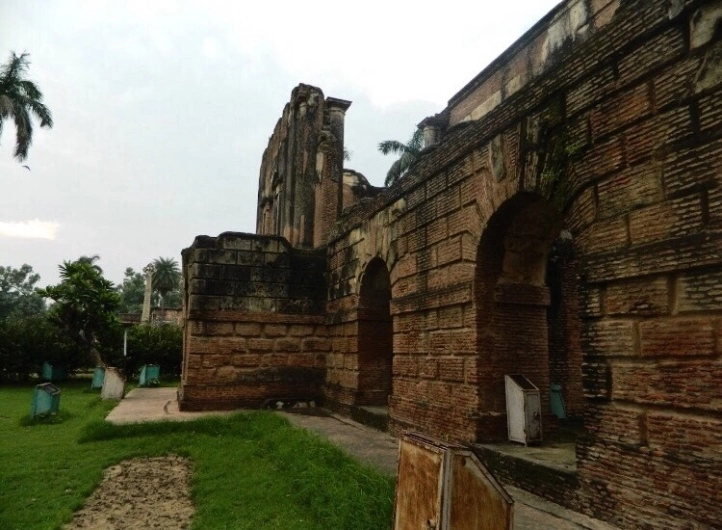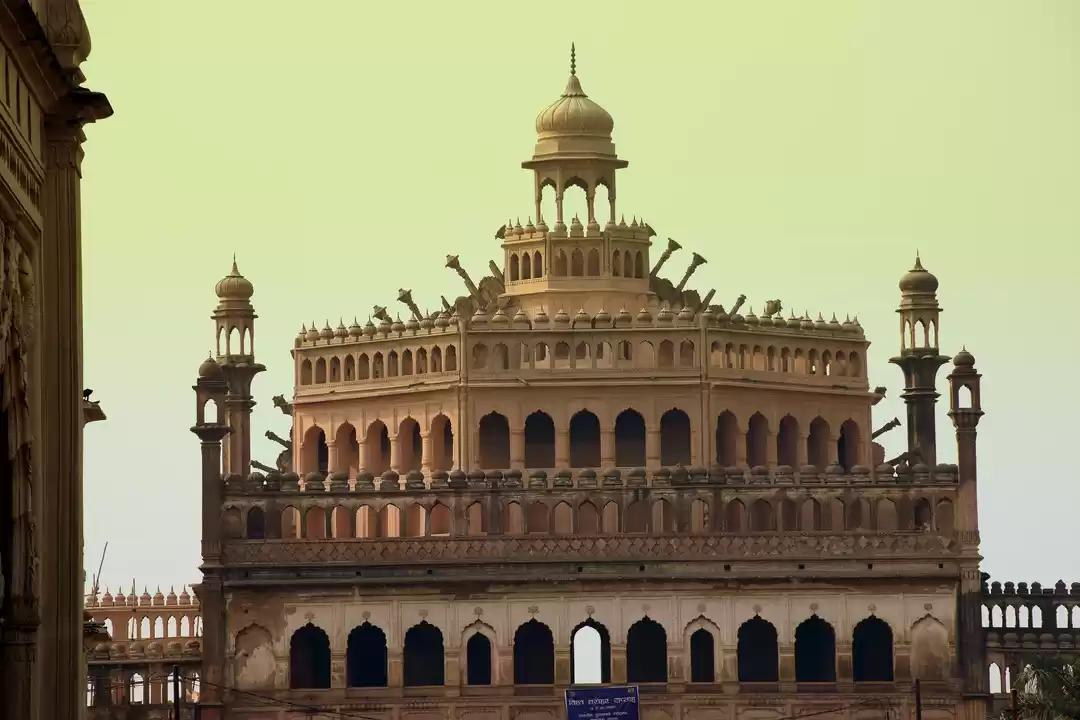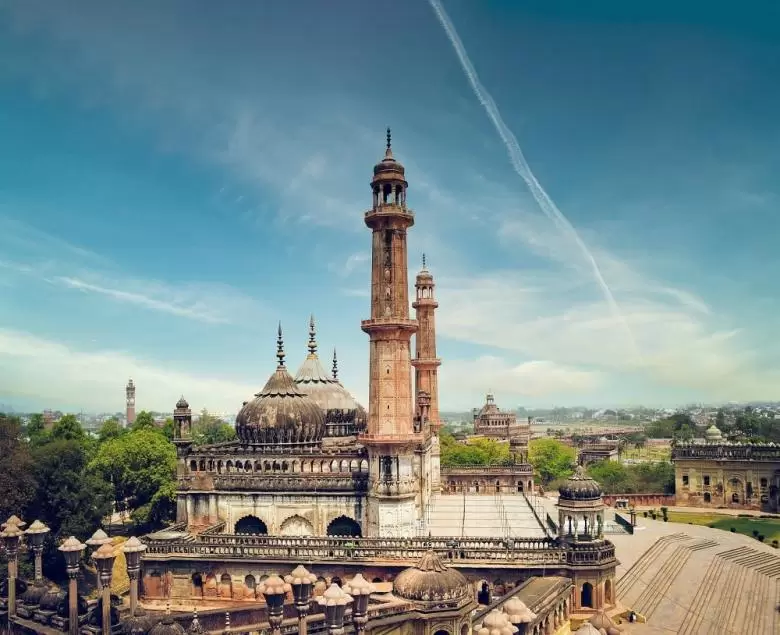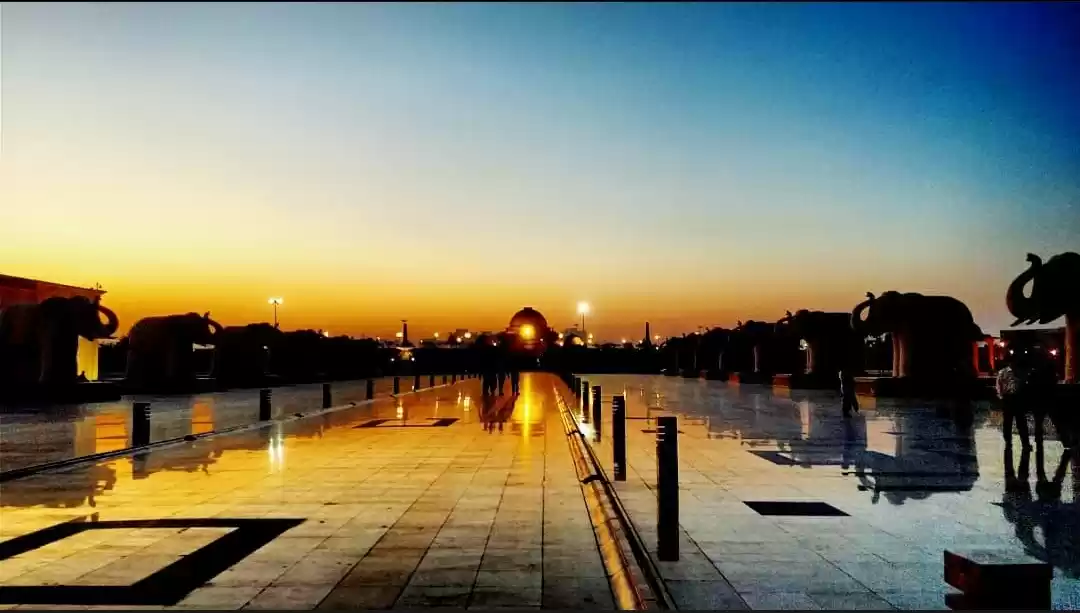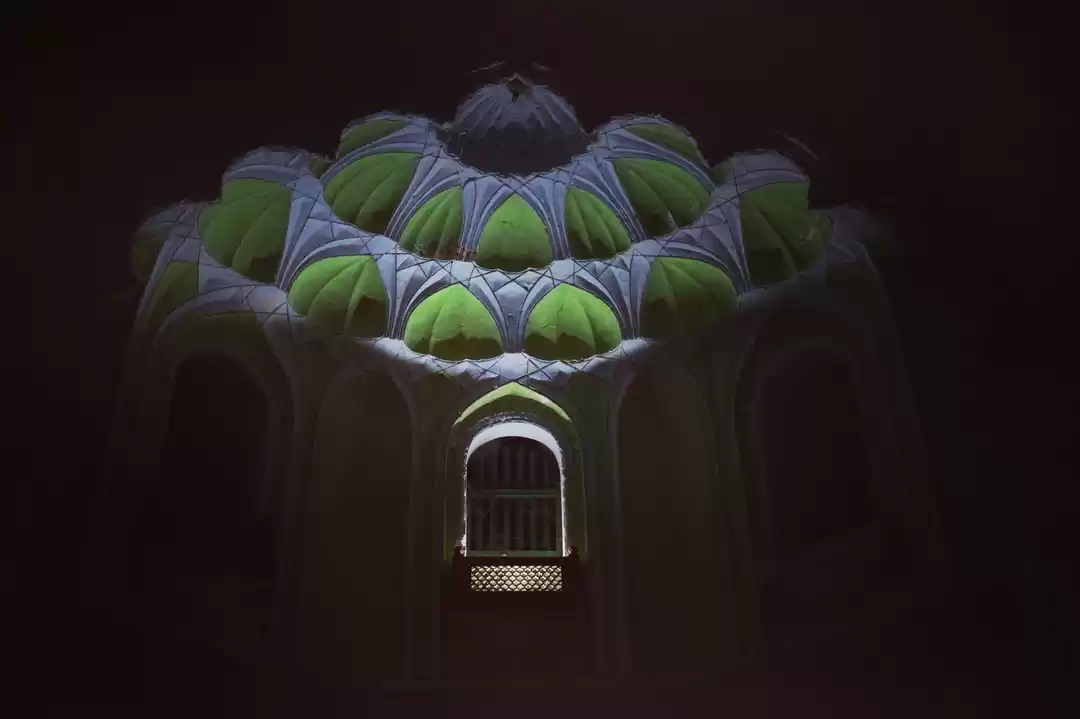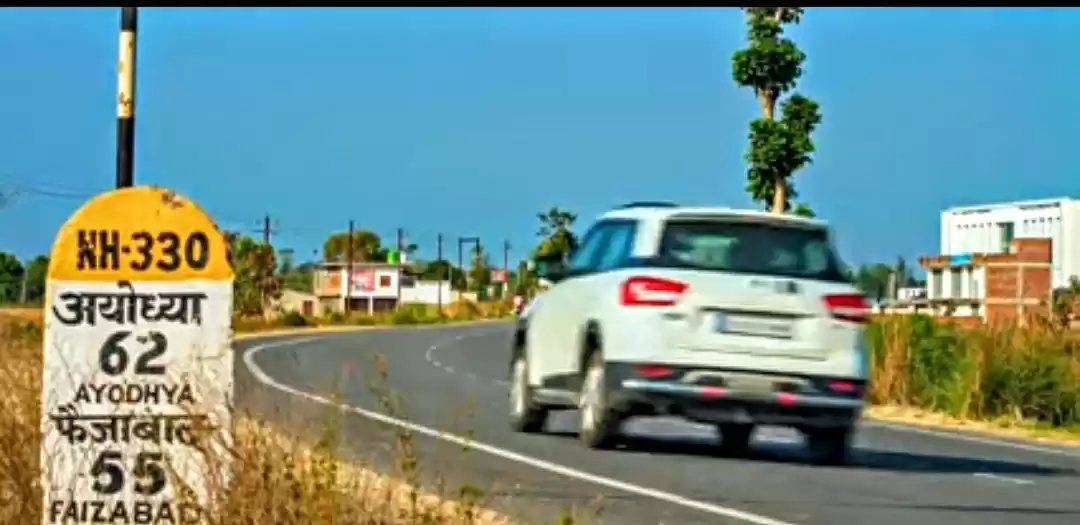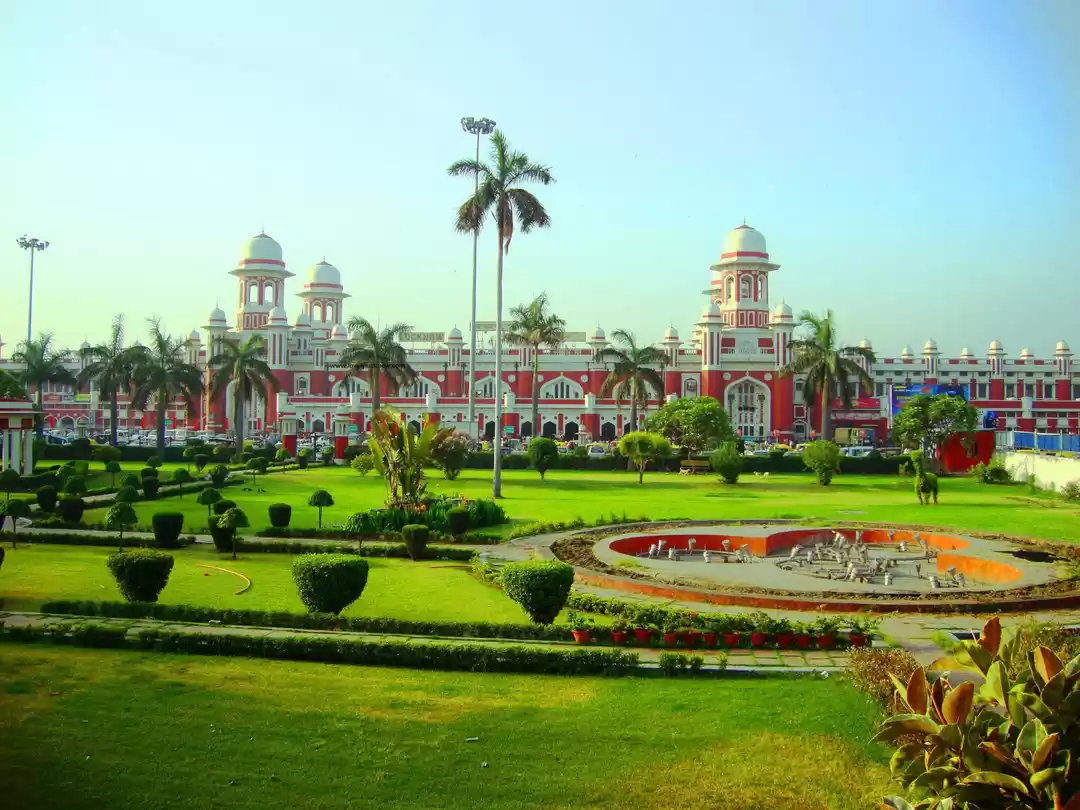Faizabad, a small picturesque town with a rich and elaborate history, situated on the banks of river Ghaghra, locally known as Sarayu, a small tributary of the Ganges. In the state of Uttar Pradesh, with Ayodhya just six kilometers away!
Most people, outside Uttar Pradesh, don’t even know about the historic town of Faizabad, as it gets completely dwarfed by its more famous, news-making neighbour Ayodhya! Faizabad the old capital of Oudh, and Ayodhya are just 6 km apart, have very separate and distinct histories!
Faizabad has the historic and perhaps the most beautiful heritage of the Nawabi era!Unfortunately it is not so renowned as a few other cities of Uttar Pradesh.
Saadat Khan, the second Nawab of Awadh, laid the foundation of Faizabad while his successor Shuja-ud-daula made it the capital and settled at Faizabad.
The Nawabs graced Faziabad with several beautiful buildings, notable among them being the Gulab Bari, the tomb of Bahu Begum and Moti Mahal.
Gulab Bari is a striking building standing in a garden surrounded by a wall, approachable through two large gateways. These buildings are particularly interesting for their assimilative architectural styles.
Gulab Bari, Garden of Roses, is the most beautiful garden in town. The mausoleum of the third Nawab of Faizabad (Oudh or Awadh), Nawab Shuja-ud-Daula and his parents is housed in this Rose Garden Complex!
Gulab Bari is a 18th century structure which has pure Nawab-styled, Islamic architecture. A vast array of rose species in addition to fountains and lush greenery alongside!
A large pillar with India's National Emblem welcomes you, as one enters the garden. A well maintained walkway lined with coconut trees leads one towards an imposing ancient arched gateway.
The tomb of his wife, Bahu Begum and her house, popularly known as Moti Mahal are some of the remnants of the unparalleled Nawabi architecture.
Erected right at the centre of the Charbagh Garden, this two-storied tombstone bracketed by endless lines of colourful roses hosts two entries.
Declared the capital of the Awadh region by Shuja-ud-daula, in the 1700's the town flourished under his rule and was a high point before the capital shifted to Lucknow on his death!
Even today, Faizabad retains its colourful past which it proudly exhibits to its visitors.
The Nawabs built several artistically ornate buildings, many of which stand today resplendent in their glory, but sadly forgotten!
Moti Mahal built in 1743 AD, the palace was a residence of the Queen Begum Unmatuzzohra Banu, wife of the then Nawab Shuja-ud- Daulah. A fine marvel of Mughal architecture, the grandeur of the monument reverberates with the rich heritage of the Nawabi culture.
The Fort Calcutta was built by Shuja-ud-daulah in the commemoration of his defeat to the British, in the 1764 Buxar Battle.
Both in need of urgent attention, as they lie crumbling and decaying away!!
Listed under the Ancient Monuments and Archaeological Sites and Remains Act, Gulab Bari is currently preserved as a part of national heritage.
If you are a fan of Hindi film actresses Meena Kumari and Rekha, and the famous characters of Umrao Jaan and Bahu Begam portrayed by them, then here’s your chance to visit the place where history created them!!
Umrao Jaan Ada or Ameeran as the famous courtesan of Awadh was known to have come from Faizabad.
The Guptar Ghat near Company Bagh Faizabad, holds immense reverence value with the Hindus because it is believed that it was here that Lord Rama took Jal Samadhi to leave the earth and enter the divine abode of Lord Vishnu.
Faizabad is well connected by rail and road. The nearest airport and rail head is Lucknow connected with all major cities of India.
The ideal time to visit Faizabad is between November and March.
P.C. Pranati Kamani










